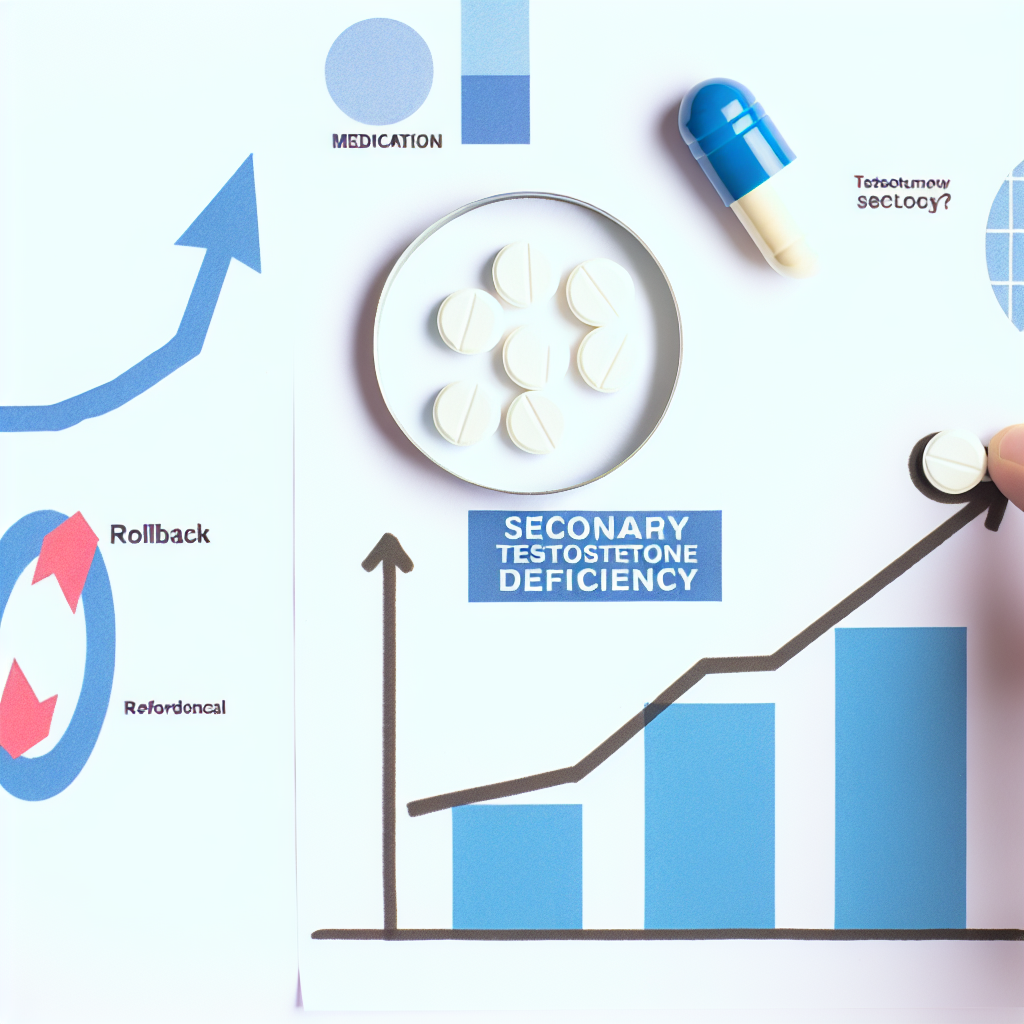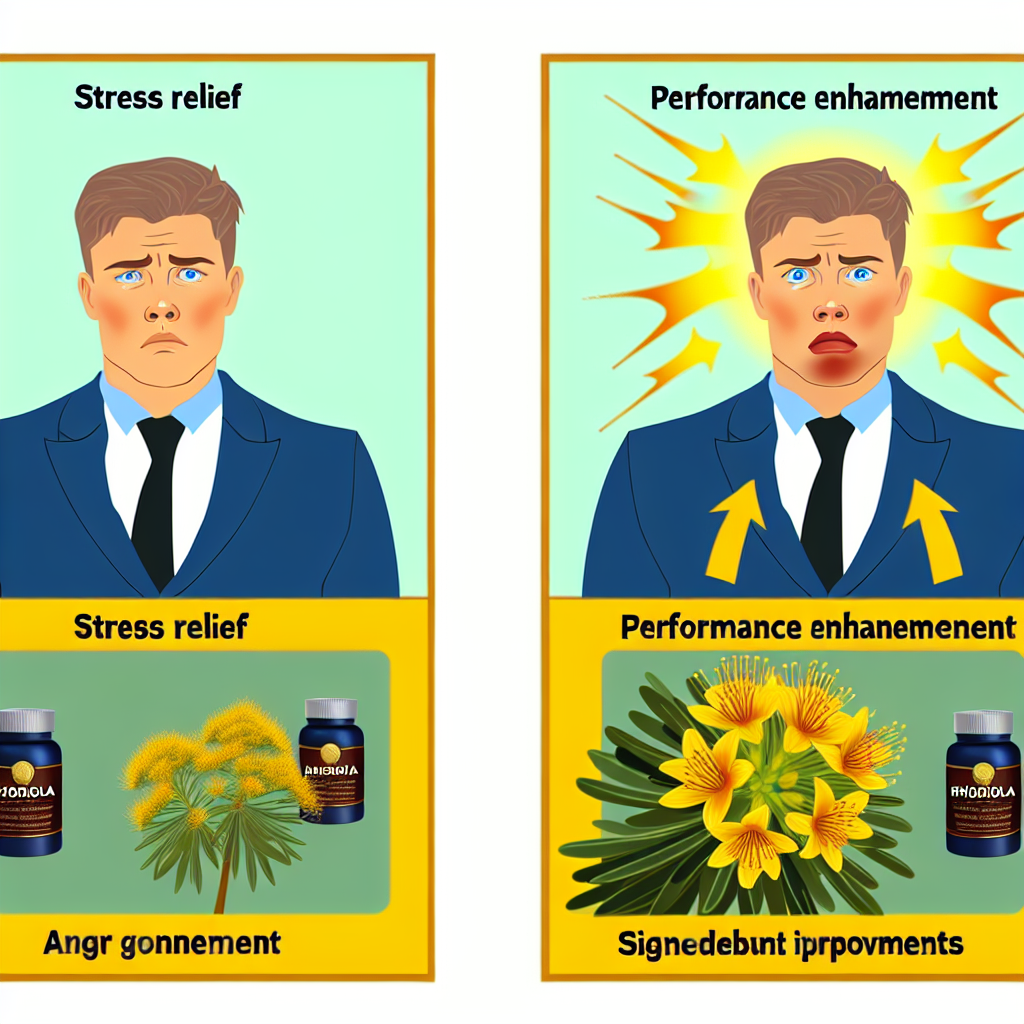Enhancement Plateaus: Breaking Through Stalled Progress with Periodization
Introduction: Why You’re Stuck—and What You Can Do About It
Across every age group—whether you’re a high school athlete looking to boost performance, a man in your prime seeking gains at the gym, or someone in their 70s or 80s striving for optimal mobility and strength—hitting a plateau is one of the most frustrating obstacles in a training or enhancement program.
Enhancement plateaus refer to times when progress stalls despite continued effort. Fat loss halts, muscle growth stagnates, strength gains disappear, and energy levels slump despite maintaining a consistent workout and nutrition regimen.
These plateaus can manifest differently depending on your age and fitness level. Teenagers may experience slower gains after initial rapid progress. Middle-aged men may struggle due to hormonal changes, increased life stressors, or accumulating physical wear and tear. Seniors often face challenges such as joint pain, reduced bone density, or slowed metabolism. Yet all these groups share the frustration that their sustained effort no longer yields results.
In the world of fitness and performance optimization, one of the most proven strategies to overcome these blocks is periodization—a systematic method of varying your training program over time.
Periodization isn’t just a trend or gimmick. It’s a methodical approach backed by both data and decades of practical application. Just like the body can adapt to antibiotics through overuse, it can become desensitized to unchanging training stress. To break a plateau, your body needs new stimuli—this is where periodization thrives.
As men age, waiting out a plateau becomes counterproductive. Smarter methodology is essential for maximizing healthspan, hormone optimization, and energy. Goals like performance enhancement, injury rehabilitation, fat loss, or simply feeling vital again all benefit from a strategically varied program.
Backed by Science: Why Periodization Works
Periodization is deeply rooted in exercise science. Its principles stem from the General Adaptation Syndrome (GAS), first introduced by Hans Selye, which describes how the body responds to stress in three stages: alarm, resistance, and exhaustion.
Without structured variation, training hits the exhaustion phase—and that’s when progress stops or even reverses.
A meta-analysis by Williams et al., 2017 in the Journal of Strength and Conditioning Research showed that periodized training significantly outperforms static programs for metrics like strength, endurance, and hypertrophy—across both beginners and veterans.
Equally compelling, a 2007 study by Buford et al. found that undulating periodization—in which training variables vary more frequently—delivered greater gains in muscular development and strength compared to linear programming across just 15 weeks. This dynamic approach keeps the body in a continual adaptive state.
The message is clear: intelligent variation is the catalyst for change.
Age Is Just a Number: Periodization for Older Adults
Think periodization is only for the young? Think again.
Older adults—even into their 70s, 80s, and beyond—can benefit immensely from structured, varied training that focuses on both progress and recovery.
A historic 1994 JAMA study by Fiatarone et al. revealed that institutionalized seniors averaging 87 years old experienced notable increases in strength and function through high-intensity resistance training.
While that study didn’t use a periodized model, subsequent research shows that periodization provides even greater benefits among older populations by reducing injury, allowing greater recovery, and enhancing training efficacy.
Periodized training also combats age-related loss of bone density, improves joint health, and enhances neuromuscular coordination. Plus, its built-in variability keeps workouts engaging, which leads to higher participation and success over time.
Optimize Your Hormones: The Hidden Bonus of Periodized Training
Periodized training doesn’t just build a better body—it also cultivates optimal internal health, including hormone balance.
A 2001 study by Häkkinen et al. in the European Journal of Applied Physiology highlighted that strength training with periodization more effectively preserves and even enhances key anabolic hormones such as testosterone and growth hormone, while minimizing cortisol, the primary stress hormone.
As we age, hormonal production declines naturally. Poorly designed resistance training can further drain these reserves. But a well-planned, periodized program supports metabolic function, fat loss, mental clarity, and even libido—through targeted stimulation of the endocrine system.
In other words, periodization doesn’t just change your physique—it can transform how you feel and perform every day.
The Final Word: Strategic Change Is the Key to Lifelong Gains
Sticking to the same routine week after week is a guaranteed path to a plateau. No matter your age or training background, stagnation is inevitable without intelligent, strategic evolution.
The solution is a proven model: periodization—the art and science of varying intensity, volume, load, and rest in ways your body can optimally respond to.
Whether you’re looking to rewrite your athletic potential, rebuild your body in your later years, or simply reclaim energy, strength, and confidence, periodization offers a time-tested, research-supported way to get there.
You don’t have to be an Olympian to use Olympic-level training principles. Start small, introduce strategic variety, and watch your plateau become your launching point.
References
– Williams, T. D., Tolusso, D. V., Fedewa, M. V., & Esco, M. R. (2017). Comparison of Periodized and Non-Periodized Resistance Training on Maximal Strength: A Meta-Analysis. Journal of Strength and Conditioning Research.
– Buford, T. W., Rossi, S. J., Smith, D. B., & Warren, A. M. (2007). A comparison of periodization models over nine weeks, equated for volume and intensity. Journal of Strength and Conditioning Research, 21(4), 1245.
– Fiatarone, M. A. et al. (1994). High-intensity strength training in nonagenarians. JAMA, 263(22), 3029–3034.
– Kraemer, W. J., & Ratamess, N. A. (2004). Fundamentals of resistance training: progression and exercise prescription. Medicine & Science in Sports & Exercise.
– Häkkinen, K. et al. (2001). Strength training and hormonal response in older women. European Journal of Applied Physiology, 84(4), 246–253.
Summary
Frustrated by stalled results in fitness or body transformation? Plateaus are common but not unbeatable. This article explores the science of periodization—a proven method to break through performance stagnation using strategic training variation. Whether you’re a teen athlete or in your 80s, periodization helps reignite progress in strength, muscle growth, fat loss, and even hormone optimization. Supported by leading research, periodization adapts training volume, intensity, and recovery to push your body forward. Stop spinning your wheels. With periodization, you’re not just training harder—you’re training smarter—for lifelong results.

Dominic E. is a passionate filmmaker navigating the exciting intersection of art and science. By day, he delves into the complexities of the human body as a full-time medical writer, meticulously translating intricate medical concepts into accessible and engaging narratives. By night, he explores the boundless realm of cinematic storytelling, crafting narratives that evoke emotion and challenge perspectives. Film Student and Full-time Medical Writer for ContentVendor.com




